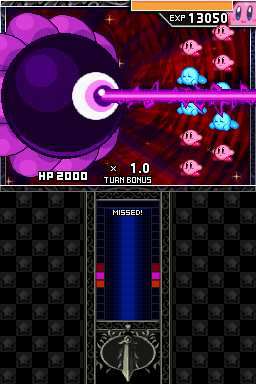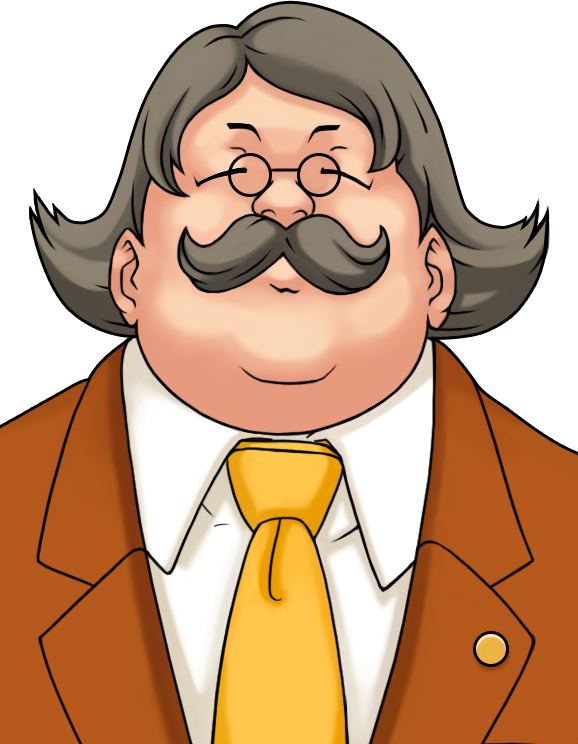When the gameplay is structured around it then yes, obviously it makes the game more fun. Collectibles are a good way to make a game playable both by casual players and gaming veterans, DKCTF and DK Jungle Climber, NSMBW/NSMBU, and obviously Wario Land the Shake Dimension are very simple and short games if you ignore the collectibles, and masterpieces of level design if you don't.
That structure also makes replaying a level painless because you can replay it multiple times without doing the exact same thing in it (and much quicker than you did the first time).
It's actually similar to the scoring system in some games: you can play Devil May Cry games to just get to the end, and you can play Devil May Cry games to get an S rank - both experiences are radically different and the latter is the deep one, gameplay-wise. It's a perfectly valid and successful way to design games, and it's a perfectly valid thing to remark on gaming message boards.
By the way, one of the reasons why I dislike Triple Deluxe is that despite having stuff to collect, it DOESN'T exploit the strength of this structure: it's a very linear and "deliberate" game, with levels that offer the same experience and ways to go through obstacles every time.
Yoshi's New Island has structurally nothing to do whatsoever with Wario Land, though, it's absurd to create a big labelled bag and toss both games in, just because both have stuff to collect. YNI is like DKCR, a strictly linear affair with collectible stuff on the way, meaning that if you miss something, you have to again go through the exact same experience. It defeats the whole point of collectibles, structurally, it's bad design.
This can't be compared at all with the exploration/giant puzzle elements of Wario Land games, which are among the finest in the history of level design. Come on. Going through a Wario Land the Shake Dimension level without caring about the collectibles or objectives is extremely short and playable by a baby, whereas going 100% is one of the most thigh, demanding experiences of last generation.
While I agree that collectables in a level can be a good design choice for a particular game, it is not the end-all, be-all, of platformer design. It has clear weaknesses and I have to disagree with you strongly on certain points:
- Collectibles are a good way to make a game playable both by casual players and gaming veterans
- That structure also makes replaying a level painless because you can replay it multiple times without doing the exact same thing in it
- It's actually similar to the scoring system in some games
Let's go over this.
1st point
This is basically the idea of the collectible system; people that aren't as good at playing can just walk through an 'easy' version of the game while more advanced players can 'go for collectibles' and have a more challenging game. In practice, it doesn't really work like that though. In every Nintendo Collectathon Platformer and similars I've played, that's never how the collectables panned out. Instead, collectables turn into an annoying egg hunt. You have to stay on alert for every medal and usually solve a trivial puzzle or
maybe make a tricky jump or two to grab one, while completing the level. The gameplay of collecting has almost nothing in common with the actual platforming of the game.
When I play Mario, collecting all the medals
doesn't make the levels harder; it doesn't make the platforming more interesting; the jumps and obstacles - the core of the game - are the same. The only difference is that I end up having to stop and grab some trinket which is tedious, not fun or challenging. Collectables only add challenge in a trivial sense that it takes more effort to collect them than not, and some of them can be obnoxiously hidden. It doesn't change the core game though.
Now, games
don't necessarily need to be difficult; I'm not saying that we need NES levels of difficulty, but the critique is that many recent games, especially Nintendo games, don't actually implement effective use of their game mechanics, instead opting for simplified levels with Knick-knacks hidden in them. If nothing else, I'll make the following point: Compare the level design between Super Mario World and New Super Mario Bros without the collectable coins. It's fairly different. Now, compare them with the collectables: New Super Mario Bros doesn't come any closer in terms of level design to Super Mario World all because you added in Giant Coins. Adding in Collectables to platformers is not a design choice that makes the game equivalent to others that have a stronger emphases on mastering the game mechanics.
2nd Point
I disagree with this, strongly. If you miss a collectable you have to replay the level, and it's largely the same.
But now, you have to keep you eyes peeled and turn over every rock to find it. The level is largely the same, it's repetitive, it's boring. I had this issue with Robobot Planet, it was the weakest part of the game and I hated it. When you miss a collectable, you basically redo the level and do the exact same thing again for at least 90% of the level, but now with more searching, some kind of tricky jump, or some silly 'puzzle.'
3rd Point
God no! Not even close. As a fan of Devil May Cry
and Bullet Hell Shmups (Like Mushihimesama, or Progear) this is actually completely different. The only thing similar is the concept of 'go replay the level to get something you didn't before.' Outside of that the systems are night and day.
With Devil May Cry, you have a fairly deep, complex, combat system, and a game with
good level design that takes advantage of that. Getting an S Rank requires real mastery of playing the game. More than that, this mastery of the game IS the game; the game is about the action, the action is the fun part of the game, getting an S Rank simply requires you to play the action part well, so it overlaps with the intended goal of the gameplay perfectly.
With Bullet Hell Shmups, it depends on the game, but the scoring system is usually for people that need more of a challenge, similar to the whole 'coin idea', but with a different implementation. Getting a high score in a shmup basically requires the fundamental skills to beat the game normally, but taken to an extreme with twists - more than that
good scoring systems tend to be games in themselves. They act as extensions of the core game that allow you to apply excess skill and get 'even better' at the game, in a way that's in line with the gameplay. This is completely different from coin collecting where you just end up with one off collection items that are really an aside for the game. MacGuffin collecting doesn't make a platformer deeper or make better use of its mechanics; it's just there for filler.
On top of that, both Devil May Cry, which you mentioned, and Bullet Hells, which I mentioned, are difficulty arcade style games with heavy emphases on replayable core gameplay. They're designed to be fun to replay over and over again, the same levels, even
if they're no scoring system. How so? Because they have high skill ceilings, level design that allows you use that skill, and they're difficult. Replaying the levels is still exciting and challenging and there's room for improvement.
Does replaying a level in a platformer to get 3 Golden Whatever achieve this? Not even close.
Not even close. You're playing the same boring level over and over again, but now canvasing the entire level for the world's largest Sea Bass. A more apt comparison would be something like the Time Attacks in Rayman Origins to Devil May Cry. Now, those time attacks were good because the levels were challenging and fun to replay, and the time attack added on a nifty twist while being truly optional.
A side note, games like Devil May Cry, or Bullet Hells generally don't lock content based on your scores. (At worst, there might be some sort of game breaking costume if you get all 'S' ranks.) This is rather different from other games that lock bonus levels or even game progression based on how many thingies you collect.
______
______
So, in the end, can you make a good game based around 'collect three things in each level if you feel like it? Yes. Is it some evolution of game design that somehow marriages difficulty and accessibility and makes all platforming games better for it? No, no it's not. It has some glaring weaknesses. It's not appropriate to stick it in every game you're making, and that's why it's a very good critique of Nintendo to say that they've been abusing it, since pretty much all their 2D platformers since New Super Mario Bros for the DS have used this design philosophy, and it's made their games boring and 'samey' for it.




